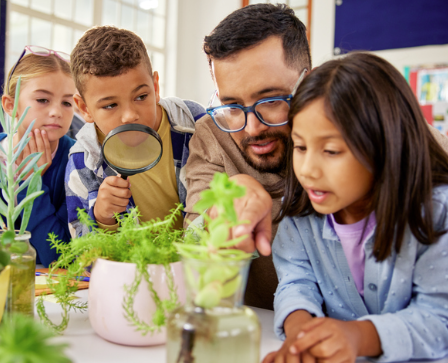Virtual reality (VR) is transforming education by creating immersive, engaging experiences that deepen learning and spark curiosity. One of the most impactful applications of VR in the classroom is storytelling. By combining visual, auditory, and interactive elements, VR storytelling brings lessons to life and allows students to explore new worlds, perspectives, and ideas in meaningful ways.
What Is VR Storytelling?
VR storytelling uses virtual environments to narrate stories in a way that places the viewer inside the experience. Unlike traditional storytelling methods, which rely on imagination or static visuals, VR enables learners to become part of the narrative. They can walk through historical landmarks, experience scientific phenomena up close, or step into the lives of people from different cultures and backgrounds.
This level of immersion enhances empathy, comprehension, and memory retention. Students aren’t just hearing about an event—they’re seeing it, navigating it, and interacting with it in real time.
Benefits of VR Storytelling in the Classroom
One of the biggest advantages of VR storytelling is its ability to capture student attention and foster deep engagement. Learners are more likely to stay focused and absorb content when they are active participants in the story. It turns passive listening into a dynamic, multi-sensory experience.
VR storytelling also supports differentiated instruction. Students who struggle with traditional text-based learning may find it easier to understand concepts through visual and experiential narratives. It can also be a powerful tool for English language learners, offering visual context that enhances comprehension.
In addition, VR helps students develop empathy and global awareness. By experiencing stories from the viewpoint of others, they gain insight into different lives, histories, and cultures. This broadens their perspective and builds critical social-emotional skills.
Classroom Applications Across Subjects
In language arts, students can explore the settings of novels, witness reenactments of literary scenes, or even create their own VR stories. In social studies, learners can travel through historical events, understand cultural heritage, and witness key moments in history. In science, VR can simulate complex processes like photosynthesis, planetary motion, or human anatomy—turning abstract ideas into concrete experiences.
Even art and design classes benefit from VR, with students able to create 3D environments or explore famous museums and architecture from around the world.
Implementing VR Storytelling Effectively
To use VR storytelling successfully, educators need thoughtful planning and access to appropriate resources. Many platforms offer ready-made VR experiences aligned with curriculum standards, while others allow teachers and students to create custom stories using accessible software.
Integrating VR doesn’t always require expensive equipment. Affordable headsets, mobile apps, or even desktop VR simulations can provide valuable learning opportunities. Teachers can also pair VR experiences with guided discussion, writing prompts, or group activities to deepen reflection and critical thinking.
Conclusion
Virtual reality storytelling opens new possibilities for student engagement and understanding. By placing learners at the heart of the story, it turns content into an experience—one that inspires curiosity, deepens empathy, and enhances academic outcomes. As technology becomes more accessible, VR storytelling will continue to reshape education, making learning more immersive, inclusive, and impactful for students of all backgrounds.


